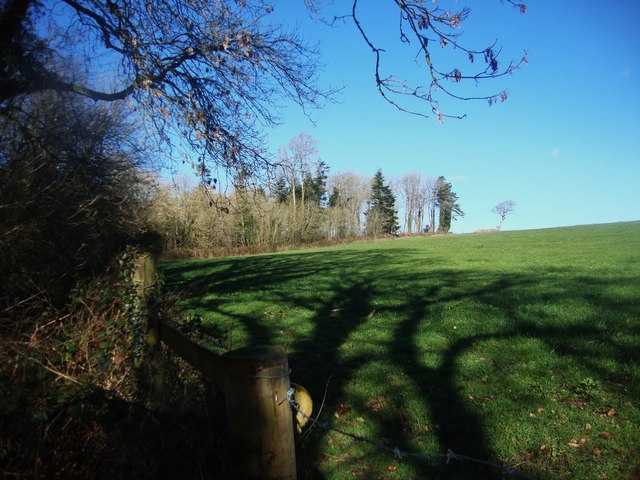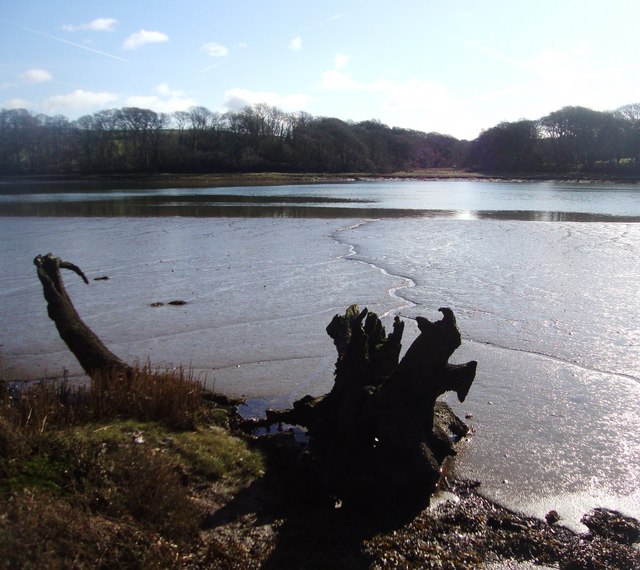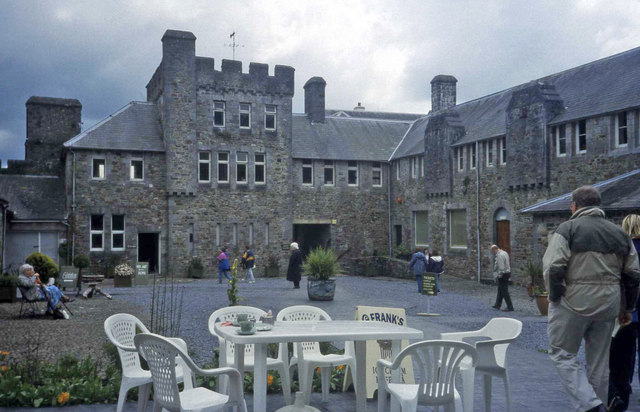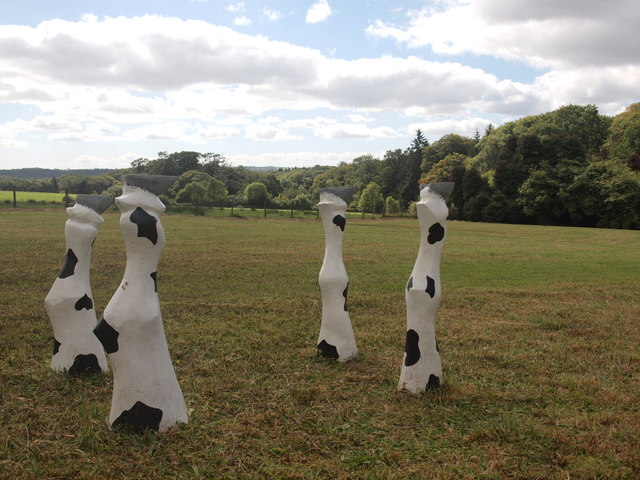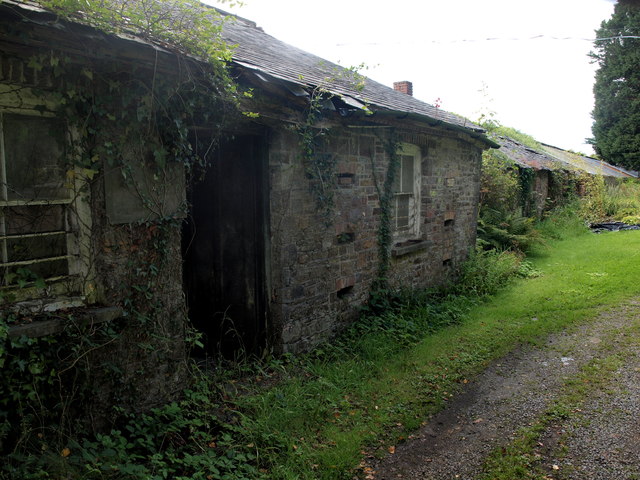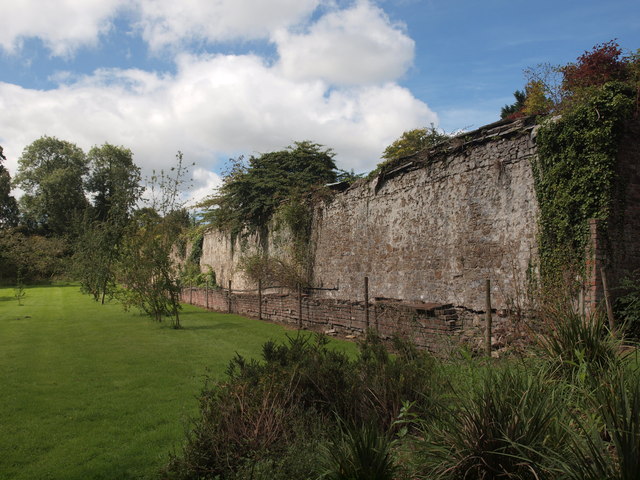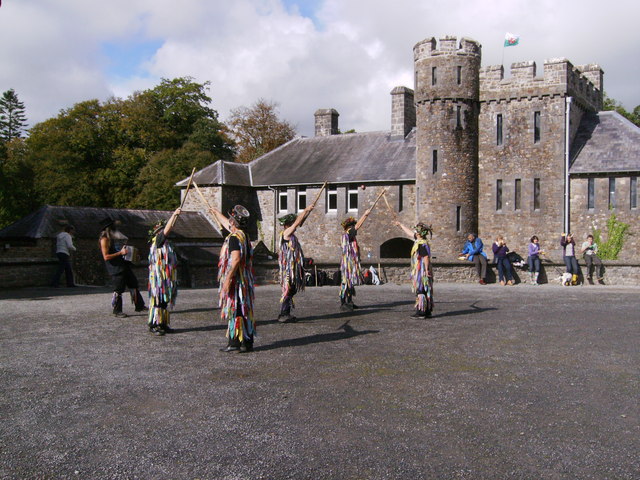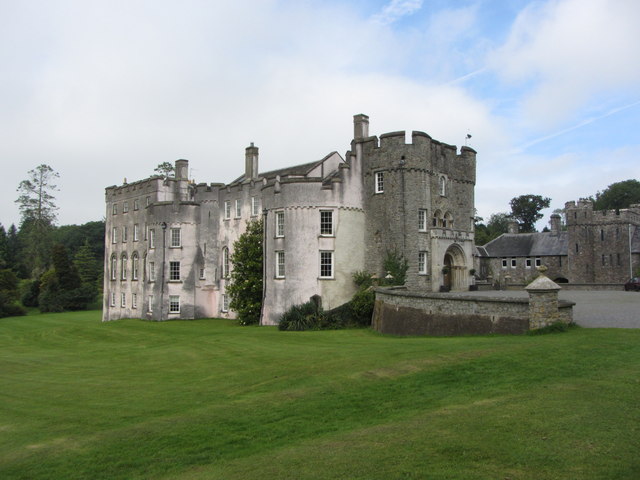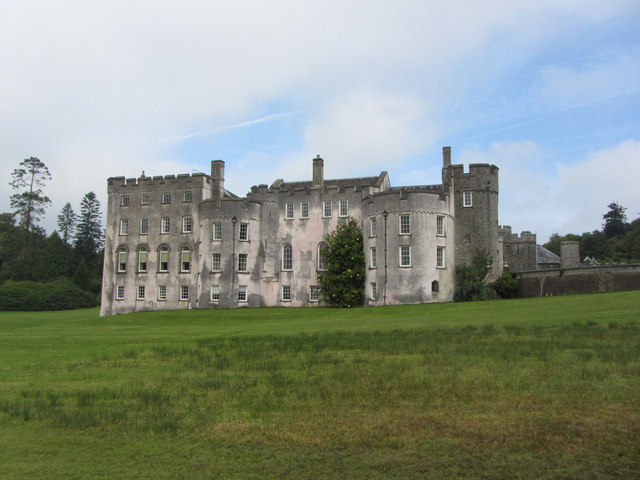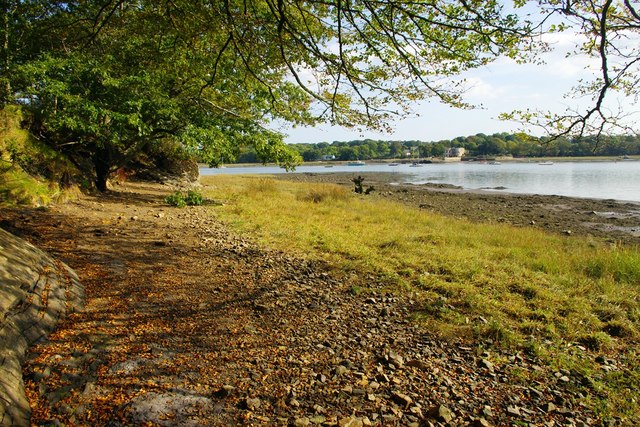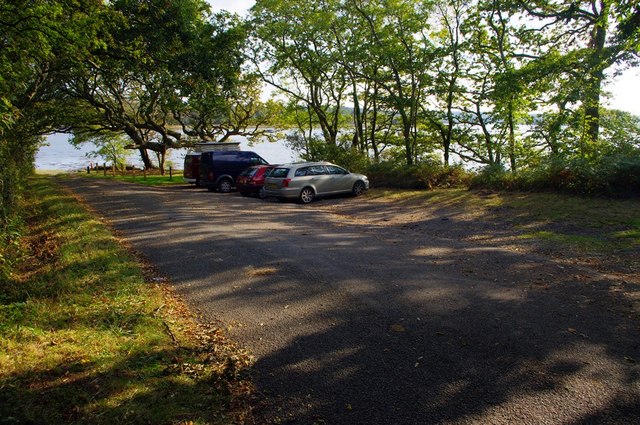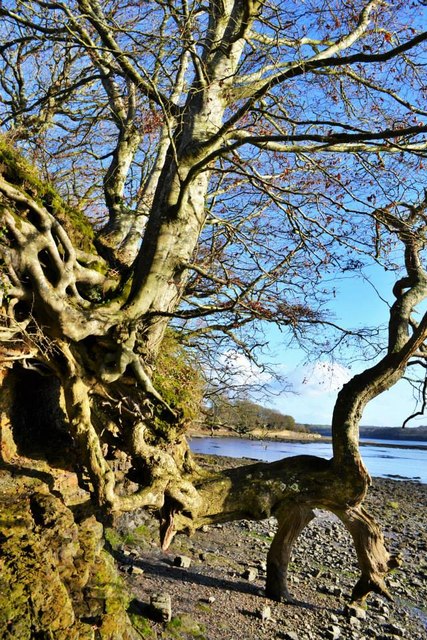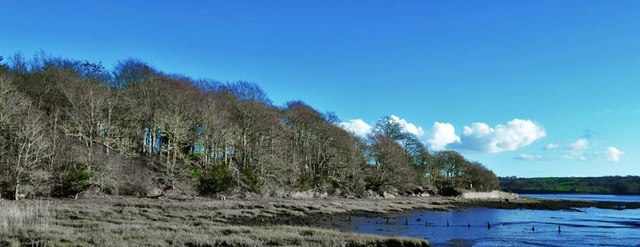Layers Pill
Sea, Estuary, Creek in Pembrokeshire
Wales
Layers Pill
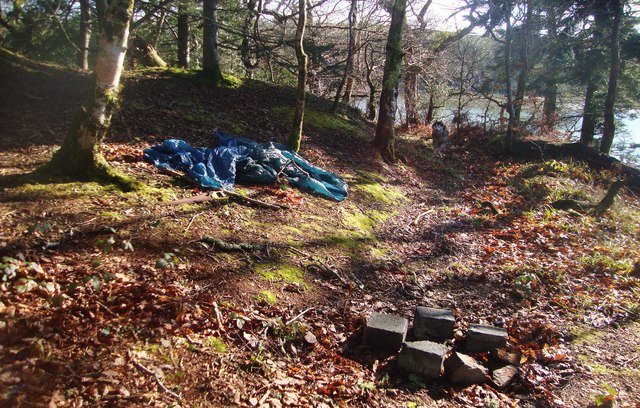
Layers Pill is a picturesque waterway situated in Pembrokeshire, Wales, known for its stunning sea views, serene estuary, and peaceful creeks. Located near the village of Burton, Layers Pill offers a diverse range of natural beauty and recreational activities.
The sea at Layers Pill is a prominent feature, with its crystal-clear waters and beautiful sandy beaches. It provides an ideal spot for swimming, sunbathing, and various water sports such as surfing, kayaking, and paddleboarding. The coastline is adorned with rugged cliffs and dramatic rock formations, creating a dramatic backdrop for visitors to enjoy.
The estuary at Layers Pill is a haven for wildlife enthusiasts and bird watchers. The tidal mudflats and salt marshes attract a plethora of avian species, including curlews, oystercatchers, and herons. Visitors can explore the estuary on foot or by boat, taking in the breathtaking scenery and observing the diverse ecosystem.
The creeks at Layers Pill offer a tranquil escape from the bustling coastline. Surrounded by lush vegetation and towering trees, these secluded waterways provide a peaceful setting for a leisurely stroll or a quiet picnic. The creeks are also home to a variety of aquatic life, making them an ideal location for fishing and crabbing.
Layers Pill is not only a natural treasure but also a place of historical significance. The remains of an old lime kiln and limekiln quay can be found along the waterway, offering a glimpse into the area's industrial past.
Overall, Layers Pill in Pembrokeshire is a must-visit destination for nature lovers, outdoor enthusiasts, and those seeking a tranquil retreat. Its combination of sea, estuary, and creeks provides a diverse and captivating landscape that appeals to visitors of all ages.
If you have any feedback on the listing, please let us know in the comments section below.
Layers Pill Images
Images are sourced within 2km of 51.778489/-4.8659872 or Grid Reference SN0212. Thanks to Geograph Open Source API. All images are credited.
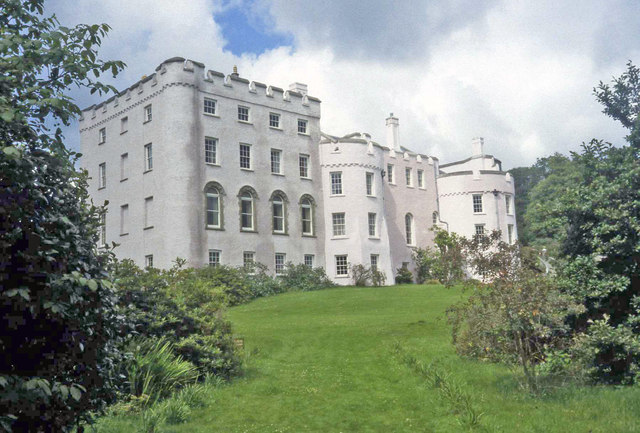
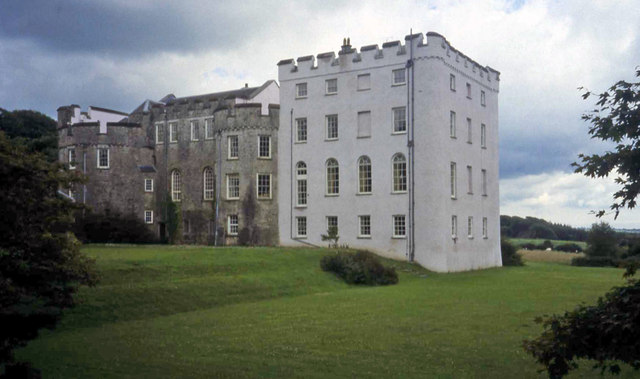
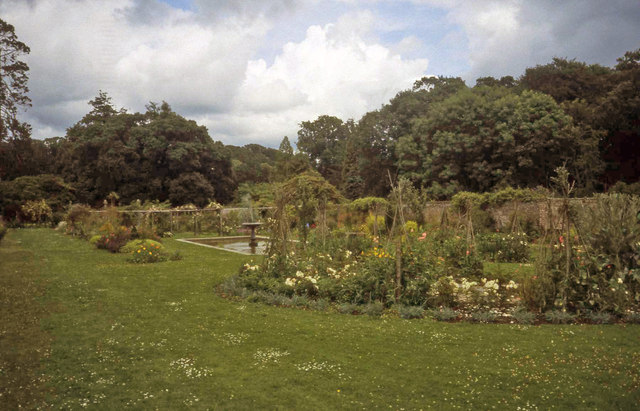
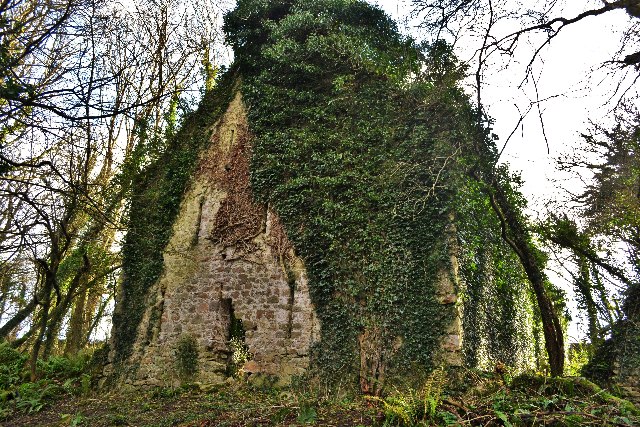
Layers Pill is located at Grid Ref: SN0212 (Lat: 51.778489, Lng: -4.8659872)
Unitary Authority: Pembrokeshire
Police Authority: Dyfed Powys
What 3 Words
///deny.lookout.regal. Near Hook, Pembrokeshire
Nearby Locations
Related Wikis
Martletwy (electoral ward)
Martletwy is the name of an electoral ward in Pembrokeshire, Wales. It is bordered to the west by the River Cleddau and includes three communities within...
Picton Castle
Picton Castle (Welsh: Castell Pictwn) is a medieval castle near Haverfordwest in the community of Uzmaston, Boulston and Slebech, Pembrokeshire, Wales...
Big House, Landshipping
The Big House, also known as Landshipping House, is a historic house on the banks of the River Cleddau in Landshipping, Pembrokeshire, Wales. The house...
Minwear Wood
Minwear Wood is a Site of Special Scientific Interest (or SSSI) in Pembrokeshire, South Wales. It has been designated as a Site of Special Scientific Interest...
Nearby Amenities
Located within 500m of 51.778489,-4.8659872Have you been to Layers Pill?
Leave your review of Layers Pill below (or comments, questions and feedback).
